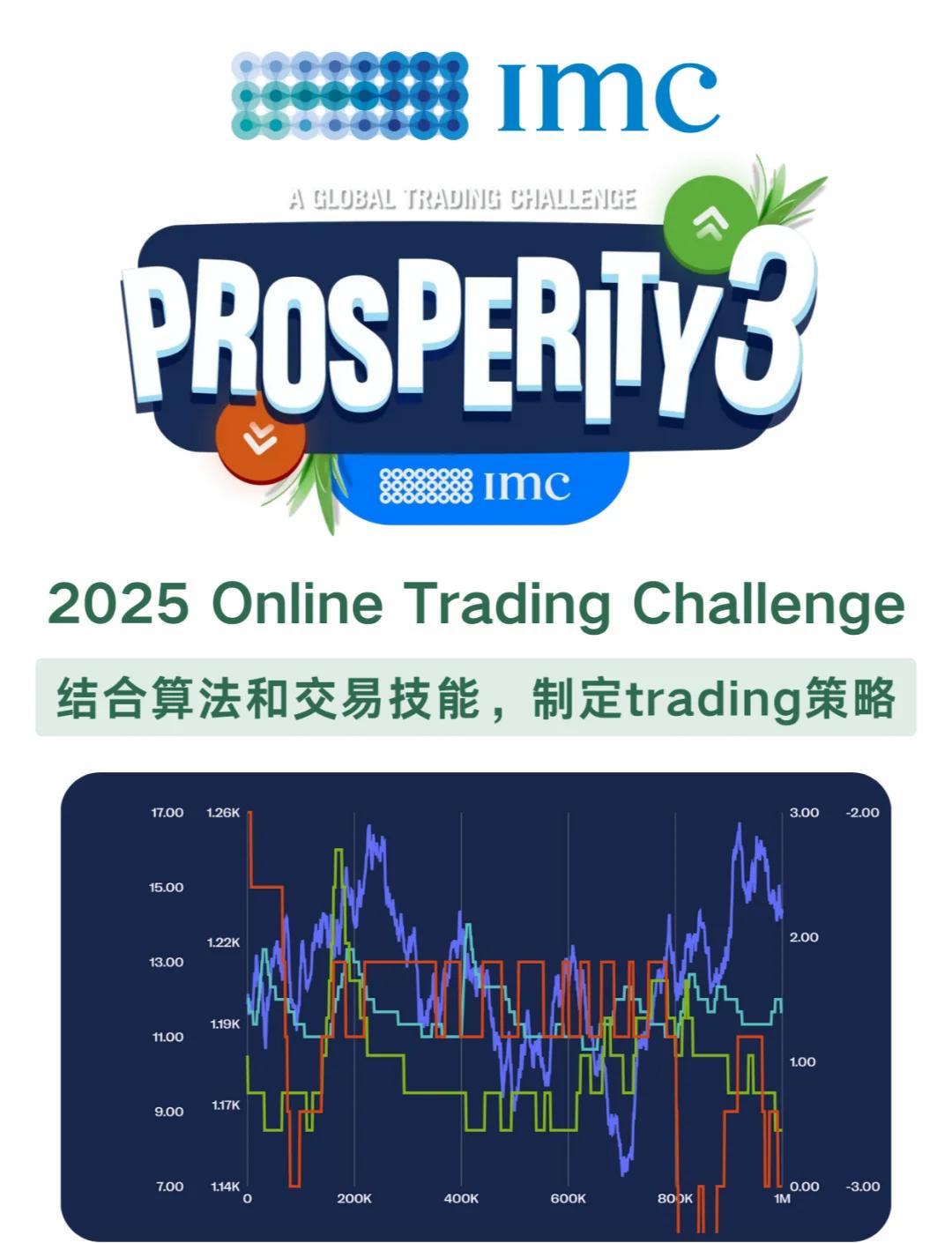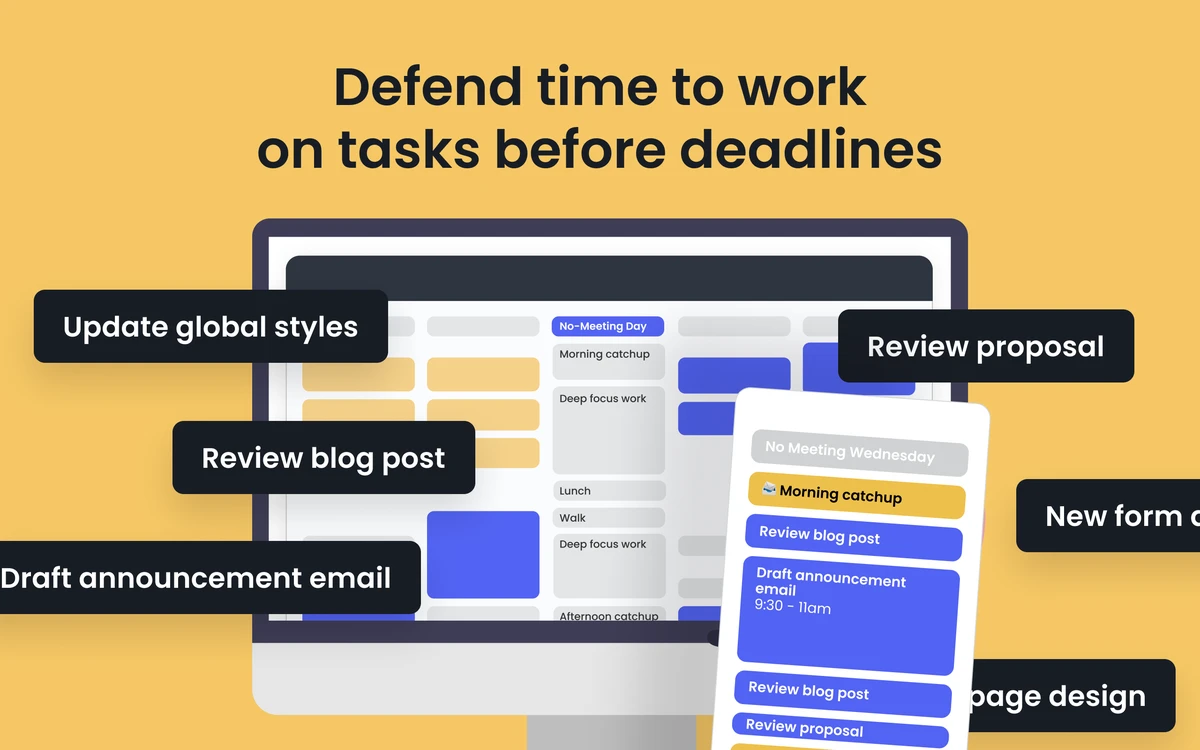=============================================================
Fear of missing out, or FOMO, is a psychological phenomenon that affects traders of all levels, especially in fast-paced markets like quantitative trading. In this article, we’ll explore how FOMO influences quantitative strategies, why it can lead to significant losses, and provide practical ways to handle and mitigate its impact. By understanding the causes and developing strategies to counteract this impulse, you can improve your trading performance and make more rational, data-driven decisions.
What is FOMO in Quantitative Trading?
In trading, FOMO is the fear that a trader is missing out on a profitable opportunity that others are capitalizing on. This fear can drive impulsive, irrational decisions, such as entering a position without sufficient analysis or deviating from a trading strategy. For quantitative traders, FOMO can be especially detrimental because it leads to emotional trading, which directly contradicts the disciplined, data-driven approach of quantitative strategies.
The Role of FOMO in Trading Psychology
Traders, particularly in high-frequency and algorithmic trading, rely heavily on structured models and strategies based on data analysis. However, FOMO can disrupt this approach by tempting traders to act on gut feelings or real-time market movements instead of sticking to predefined rules.
For quantitative traders, emotional decisions like chasing trends or making impulsive trades often result in negative outcomes. This type of behavior undermines the key strengths of quantitative trading, which is based on backtested strategies and statistical predictions rather than emotional impulses.

The Impact of FOMO on Quantitative Strategies
1. Deviation from Predefined Algorithms
FOMO leads traders to deviate from their strategy, risking significant losses. When traders act on FOMO, they might abandon their algorithmic trading models and make trades based on what’s happening in the market at that moment.
Example:
- A trader might have a model in place to buy an asset when its price dips by 5%. However, during a market rally, FOMO may cause them to enter the market prematurely, missing the optimal entry point and incurring a loss.
2. Overtrading and Excessive Risk
In an attempt to make up for missed opportunities, traders may overtrade, entering positions without proper risk management. Overtrading not only increases transaction costs but can also lead to larger drawdowns.
Example:
- A trader, fearful of missing out on a potential profit, might increase their position size beyond the limits set by their strategy, taking on excessive risk.
3. Failure to Reassess Risk in Changing Market Conditions
Quantitative strategies rely on backtesting and real-time adjustments. When FOMO takes over, traders may ignore these dynamic risk adjustments, failing to recalibrate their models to account for new market conditions. This leads to disastrous results, especially in volatile markets.
Example:
- If a trader’s model triggers a buy signal, but the market has recently experienced a sharp downturn, the failure to adjust risk parameters based on volatility can result in massive losses.
Effective Strategies for Handling FOMO in Quantitative Trading
1. Stick to a Structured Trading Plan
One of the best ways to handle FOMO is to have a well-defined trading plan that includes strict entry and exit rules, risk management strategies, and guidelines for when to stay out of the market. By adhering to your plan, you can avoid emotional trading and ensure that your decisions are based on data rather than fear.
Example:
- Before entering any trade, ensure your model has clear entry and exit points. If the market behaves outside the expected parameters, trust your model to prevent you from making impulsive decisions.
2. Backtest and Use Simulations
Backtesting your strategies with historical data ensures that you’re not just reacting to current market movements but instead making informed decisions. Simulations allow you to see how your model would have performed in different market conditions, which can help you identify optimal entry points and avoid FOMO-driven errors.
Example:
- Use backtesting tools to simulate different scenarios where you might experience FOMO (e.g., market rallies or sudden drops). This will help you determine how to adjust your model or approach to minimize the impact of FOMO.
3. Set Clear Risk Parameters
Another key strategy is to define your risk tolerance and set stop-loss orders that limit potential losses. This way, even if you act on FOMO, the loss will be contained, and you can quickly reassess your strategy without significant damage.
Example:
- Set stop-loss orders for each position to limit downside risk. If a trade goes against you due to emotional influence, the stop-loss will ensure that the loss remains manageable.
4. Embrace Technology and Automation
Using automated trading systems or algorithmic trading models helps remove human emotions from the equation. Automated systems strictly follow your predefined rules, preventing you from making decisions based on real-time market movements and emotional impulses like FOMO.
Example:
- Set your trading algorithm to automatically adjust for market conditions, execute trades, and take profits or stop losses according to the plan without needing your direct intervention. This ensures that decisions are based on data, not on fear.
5. Stay Focused on Long-Term Goals
In quantitative trading, it’s crucial to remember that profits are built over time, not through short-term wins driven by market hype. FOMO often leads traders to focus on short-term gains, but sticking to your strategy and focusing on long-term success will yield better results.
Example:
- Remind yourself of the long-term goals you’ve set for your portfolio. Keep track of the average performance of your models and focus on improving them rather than chasing quick profits.

FAQ: Overcoming FOMO in Quantitative Trading
1. What are some common signs of FOMO in quantitative trading?
Common signs of FOMO include acting impulsively on market movements, deviating from predefined trading strategies, and increasing position sizes to capture perceived opportunities. You may also experience a strong urge to enter trades after seeing others profit from a particular asset or strategy.
2. How can backtesting reduce the impact of FOMO?
Backtesting helps by testing strategies on historical data to ensure they are robust under different market conditions. This process allows traders to have more confidence in their models, reducing the likelihood of acting on FOMO. Knowing that the strategy has been proven to work in various conditions allows traders to avoid impulsive decisions during real-time trading.
3. How can automated systems help manage FOMO?
Automated trading systems help manage FOMO by executing trades according to predefined rules, independent of human emotion. These systems rely on strict data-driven decisions, which means that the trader won’t be influenced by fear of missing out or market noise. This removes the emotional aspect of trading and leads to more consistent outcomes.

Conclusion: Overcoming FOMO for Better Trading Results
FOMO is a natural part of human psychology, but in the world of quantitative trading, it can lead to costly mistakes. By sticking to a structured plan, using backtesting, setting clear risk parameters, and leveraging technology, you can minimize the impact of FOMO and stay true to your data-driven strategies. With time and discipline, you’ll be able to harness the full potential of quantitative trading, maximizing profits while minimizing emotional interference.
Do you struggle with FOMO in your quantitative trading strategies? Share your thoughts and experiences in the comments below and let’s discuss how we can better manage emotional influences in our trading decisions.

0 Comments
Leave a Comment